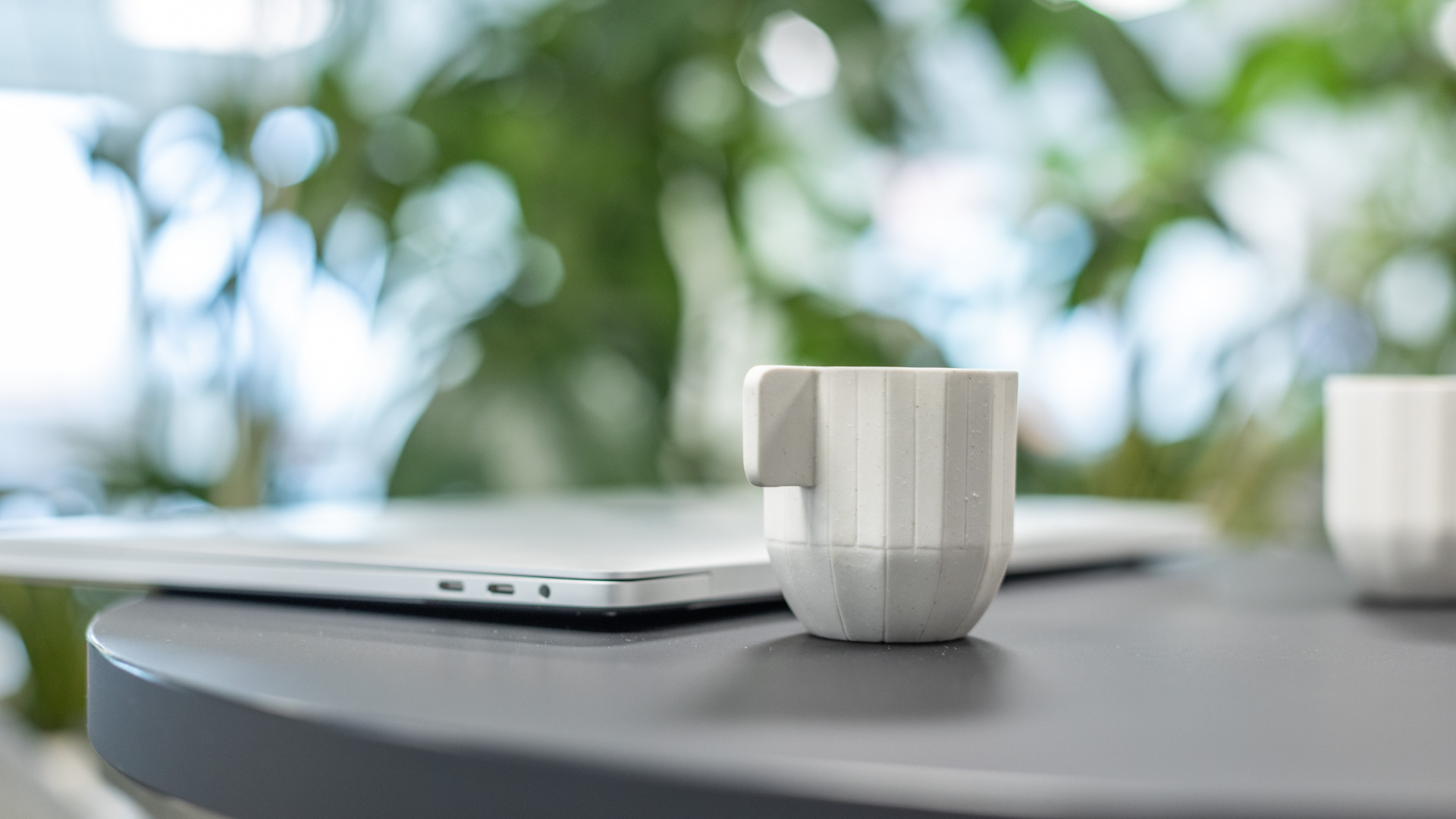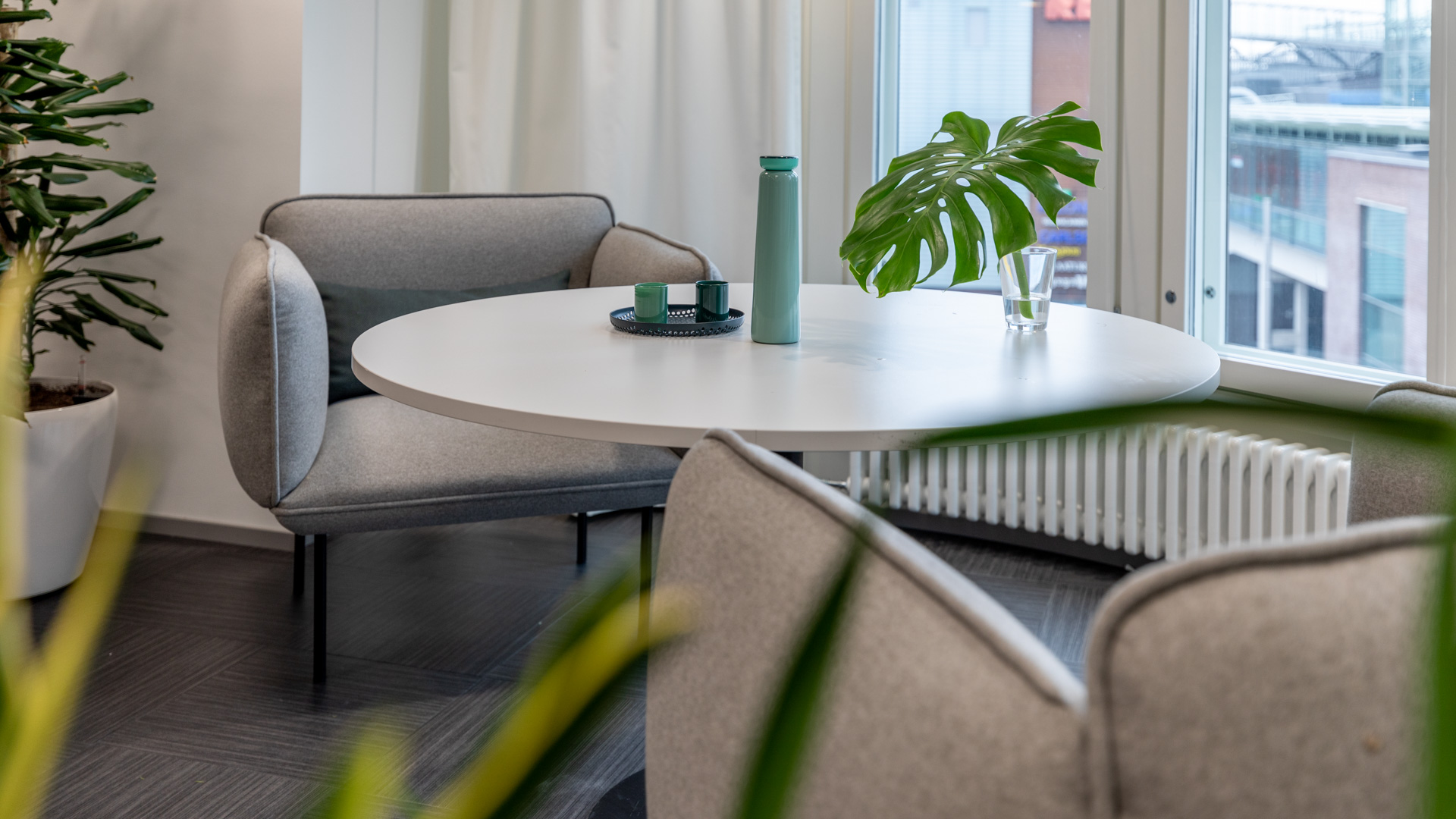 Contact us
Contact us

A regenerative environment is an experience-based and understandable entity that provides a safe and secure feeling. The user’s needs and preferences are always taken into account when designing regenerative environments, which can be indoors or outdoors.
American environmental psychologists Rachel and Steven Kaplan created Attention Restoration Theory (ART) in 1989. In their research, they observed that office workers who had an outdoor view of nature did better in their work. According to restoration theory, a person is better able to concentrate after having spent a few moments outside or looking at pictures of nature.

Green walls are already a common sight in workplaces. We have one at Workspace, too. It not only cleanses the air, it also adds comfort. Bringing a piece of nature indoors allows the mind and eyes to rest. You could say that the green wall refreshes us because we stop at it for a moment in the middle of the workday.
The concept of biophilia is as yet rather unknown in Finland. It was first presented by American biologist and ethologist Edward O. Wilson in 1984. Biophilic design incorporates natural elements into man-made architecture. It therefore creates regenerative environments. Research shows that biophilic workplaces not only reduce absences but strengthen commitment to the work community and increase productivity and creativity.

So we want to bring the outdoors in, but how? We can use concrete natural elements, such as nature sounds and plants. Easy, but real plants can’t go just anywhere. The human brain is funny in that it is also able to combine nature with indicative elements, such as nature graphics or photographs, or organic materials, the feel of a material, rhythm and shapes. These all equally create a regenerative and biophilic space.


Perhaps you’ve unwittingly decorated your own home office in a biophilic way. Wouldn’t it be nice if your workplace was biophilic, too? In workplace design, a biophilic approach can be considered together with staff by discussing people’s different relationships to nature, for example. Biophilia can be part of a larger whole or the premise for design. The objective is to create a workplace that you enjoy spending time in and want to commute to.